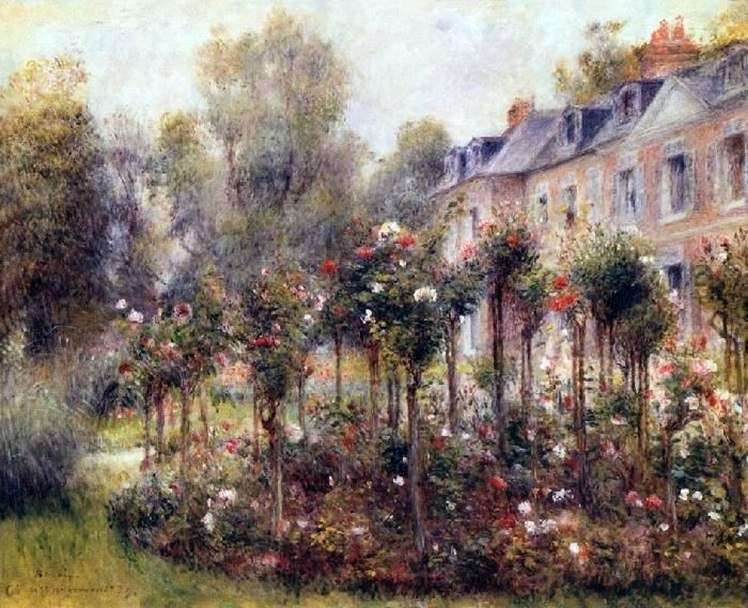
Renoir drew everything he saw and valued around himself: the life of the rich, on whom he depended materially, and the little joys of the Bohemian middle class layers – the class to which he himself belonged.
Despite the fact that his art does not encompass everything that could be told about the society of that time, it is called realistic because it helps to shed some light on the verge of real life. It helps to look at ourselves from a new point of view, both in the everyday bustle and in the moments of manifestation of sensuality. Creativity Renoir for the first time forced the audience to look at the important features of their lives from an aesthetic point of view, and this discovery has not lost its value to this day.
There are a number of topics that especially attracted Auguste Renoir: portraits, figures of people, dances, theater, company of good friends, walks in the countryside, the hustle and bustle of the big city and landscapes. Compared to other landscape impressionist painters, Renoir paid less attention to clear and expressive structures, as if he preferred to weave fine tapestries. And a similar quality appeared in his landscapes long before these pictures of people became different. He, like his contemporaries, could convey the trembling sun-drenched air over the grass and over the bushes, the warmth and joy of the summer morning, the luxurious colorfulness of various colors, which, as an impressionist, he was inclined to see in nature.
In March 1879, Renoir met Paul Berard, a retired banker and diplomat. Among Berar’s hobbies were hunting and gardening. Despite their different social origins, a close friendship ensued between them.
In subsequent years, numerous portraits of members of the Berar family were painted. The next few years, Renoir lived for a long time and worked in their spacious estate Vargemon near Berneval in Normandy. During his trips there, Renoir painted a flower garden with roses and decorative wall panels in the library and living room. Between 1879 and 1885, Renoir painted about forty paintings for the family of a diplomat in Vargemont.
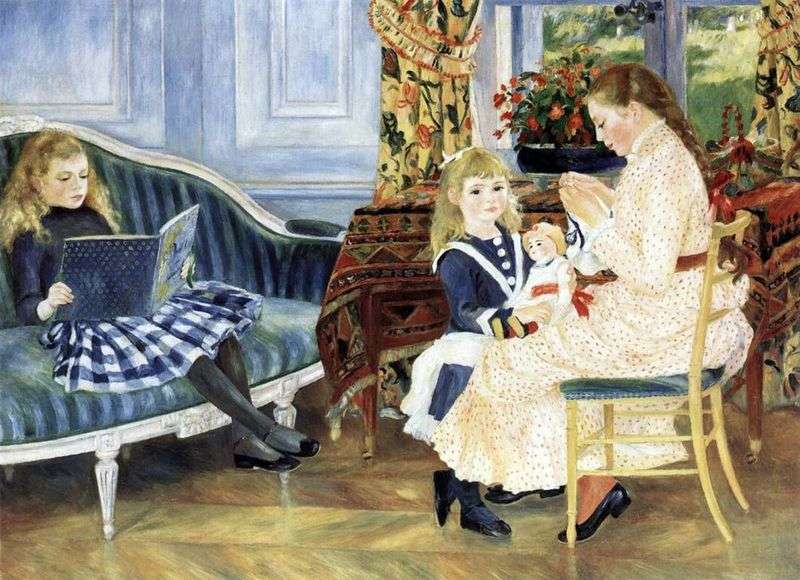 Noon Children in Vargemont by Pierre Auguste Renoir
Noon Children in Vargemont by Pierre Auguste Renoir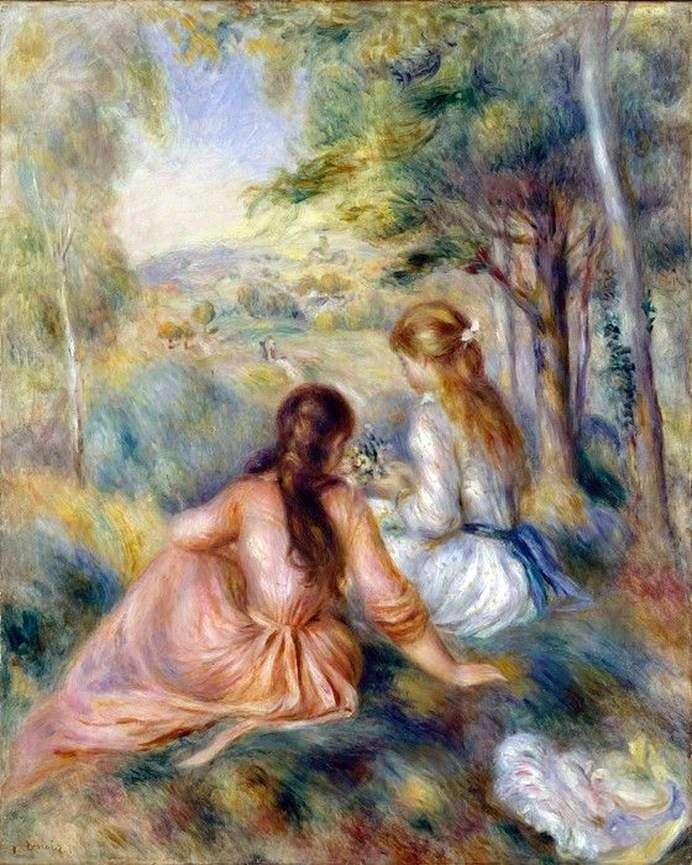 On the meadow by Pierre Auguste Renoir
On the meadow by Pierre Auguste Renoir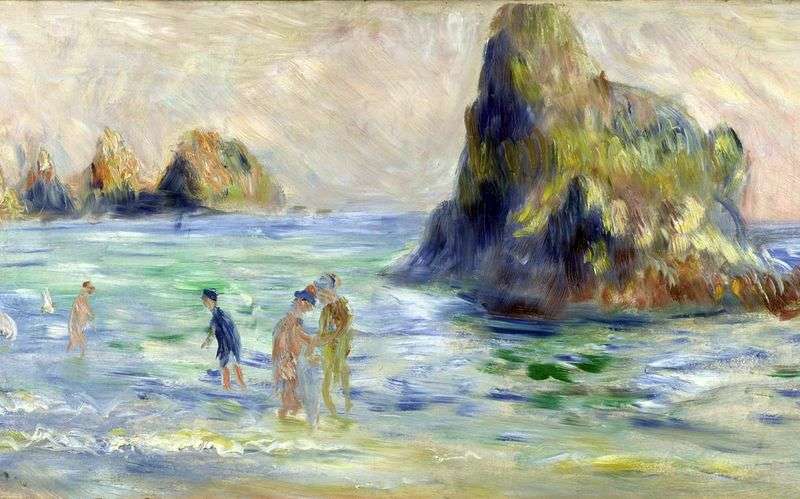 Etudes oil by Pierre Auguste Renoir
Etudes oil by Pierre Auguste Renoir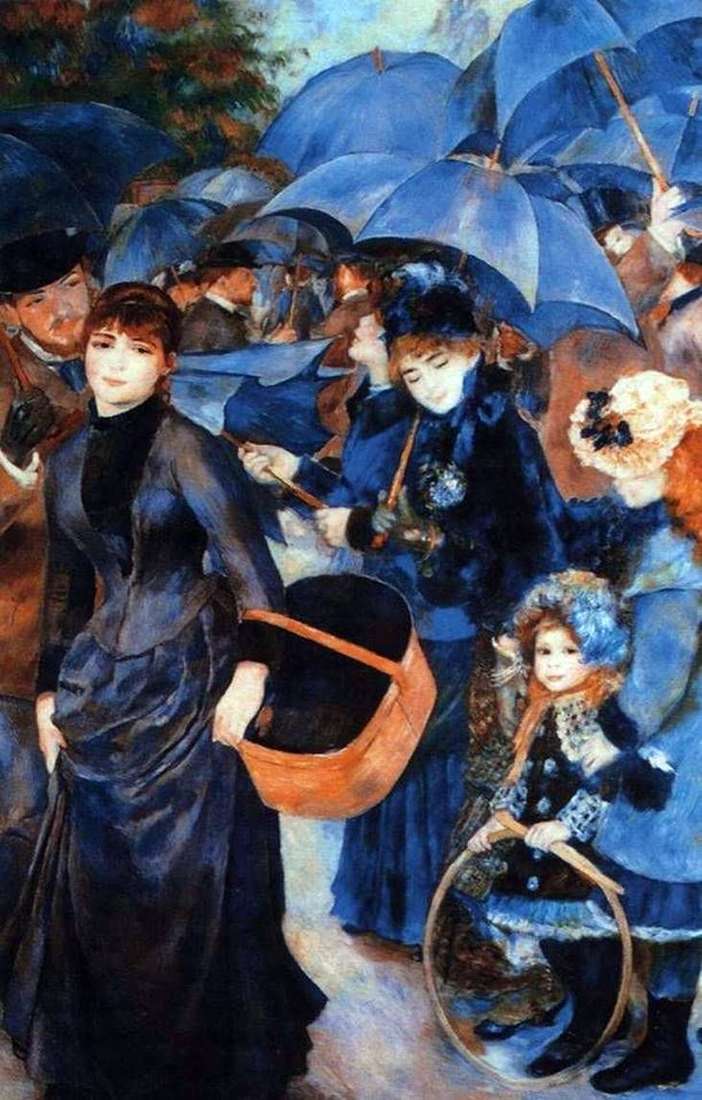 Umbrellas by Pierre Auguste Renoir
Umbrellas by Pierre Auguste Renoir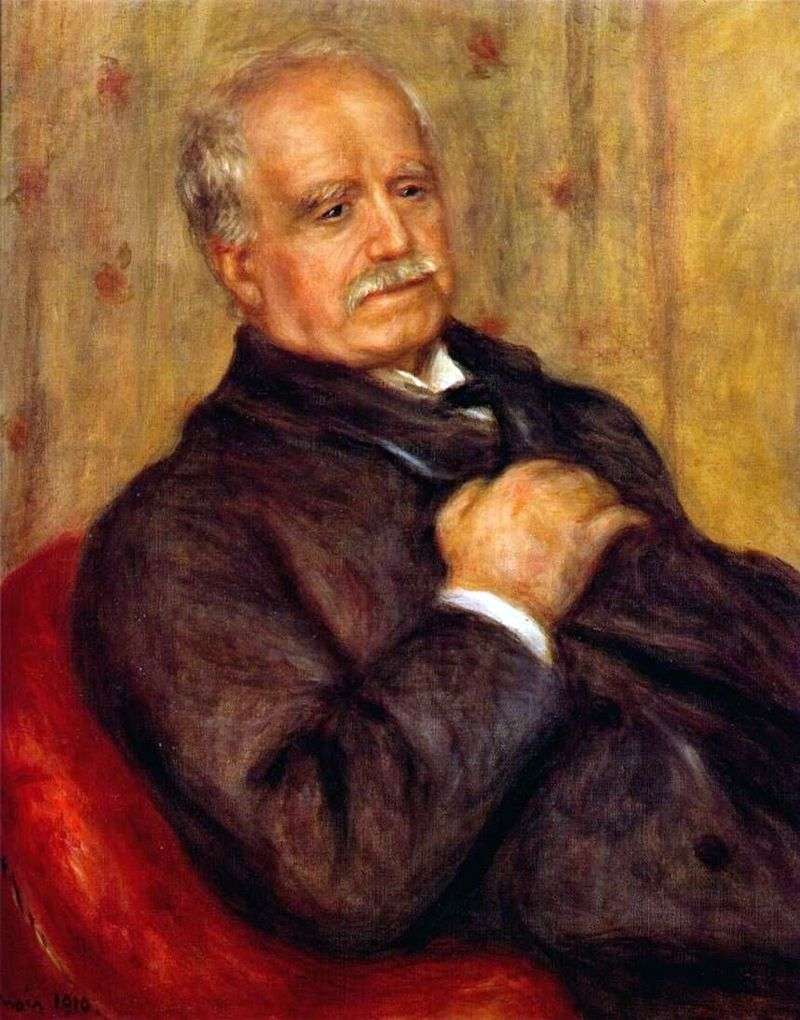 Portrait of Durand-Ruel by Pierre-Auguste Renoir
Portrait of Durand-Ruel by Pierre-Auguste Renoir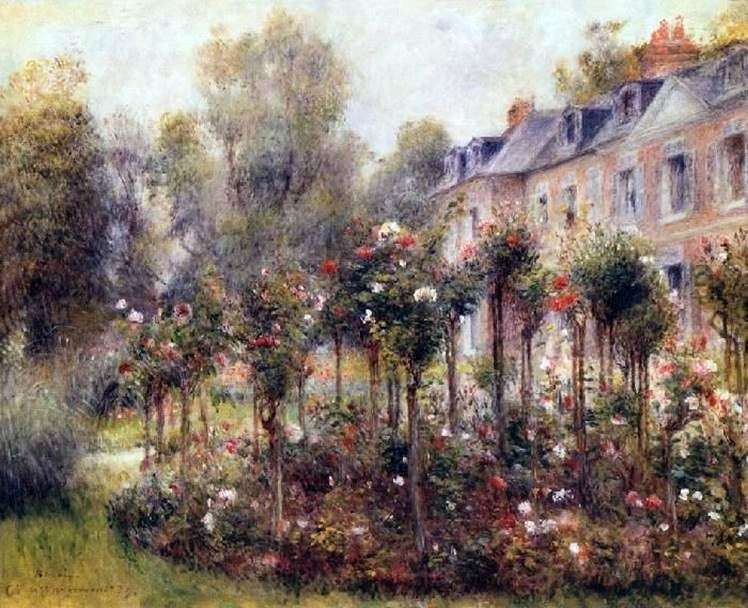 Rosario en Vargemont – Pierre Auguste Renoir
Rosario en Vargemont – Pierre Auguste Renoir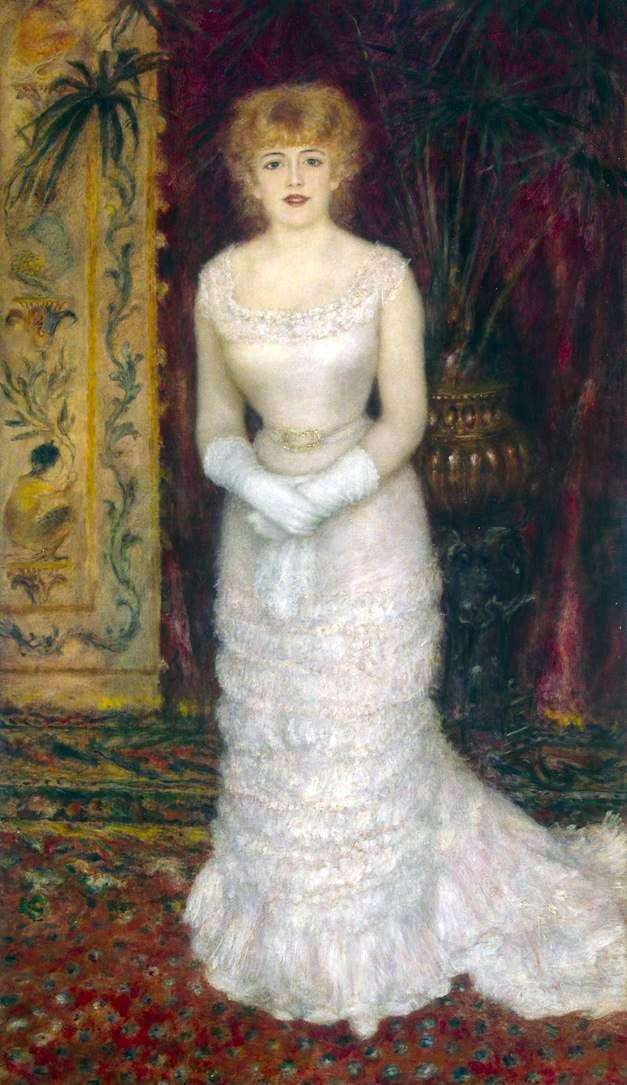 Portrait of Jeanne Samary in full growth by Pierre Auguste Renoir
Portrait of Jeanne Samary in full growth by Pierre Auguste Renoir Artist’s family by Pierre Auguste Renoir
Artist’s family by Pierre Auguste Renoir